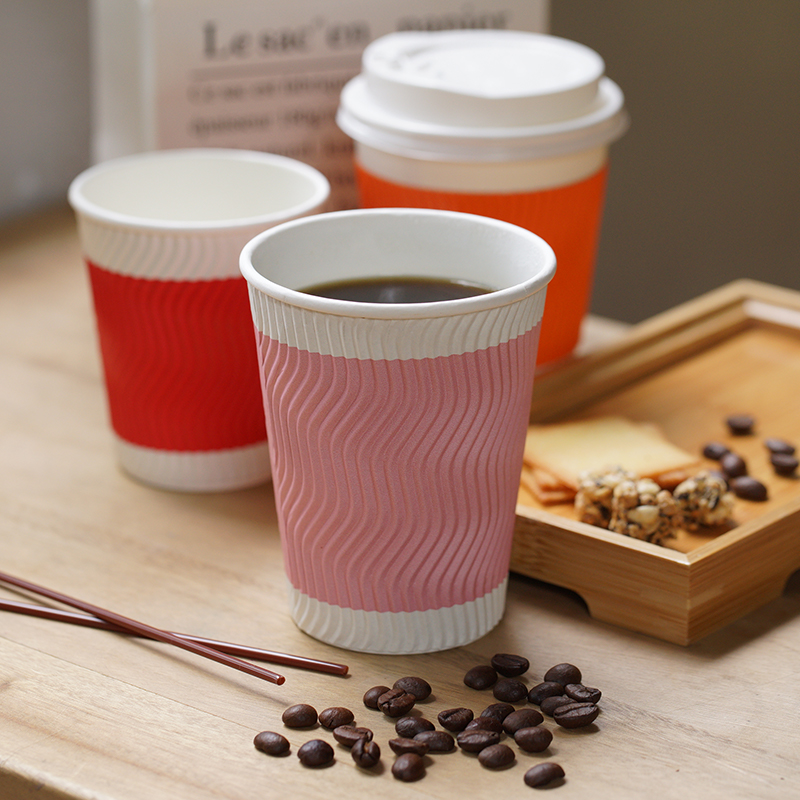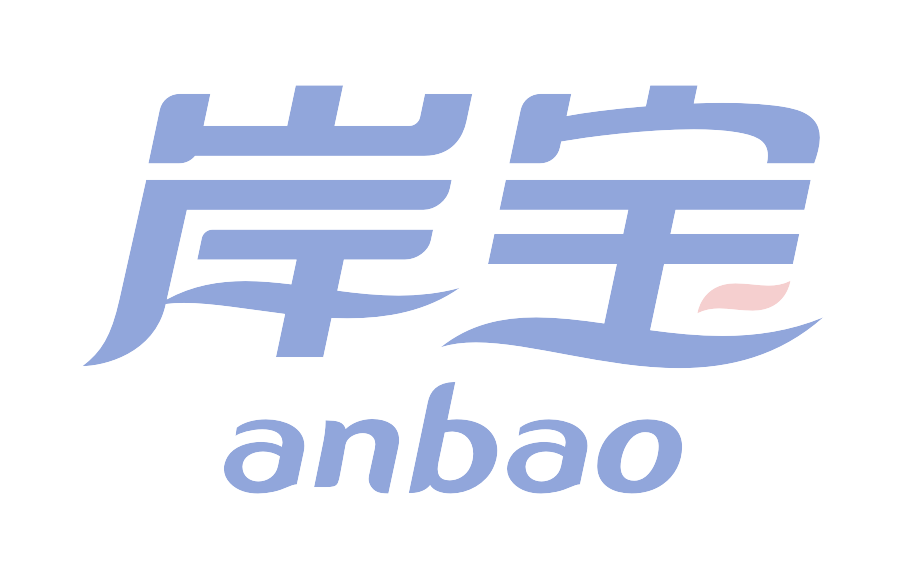
Against the backdrop of fast-paced life, the popularity of food delivery services, and increasing public health awareness, covered paper cups have become a common choice in catering services, office spaces, event planning, and daily life. This combination not only provides the function of a container for holding beverages, but its lid also endows beverages with the core values of portability, spill prevention, insulation (some functions), and hygiene protection.
The basic composition and core functions of covered paper cups
A covered paper cup consists of two parts:
Paper cup body: usually made of food grade virgin wood pulp paper or bamboo pulp paper, with the inner wall coated with food grade polyethylene (PE) or polylactic acid (PLA) film to ensure no leakage or deformation when holding liquids.
Cup cap: Typically made of food grade polypropylene (PP) or polystyrene (PS) plastic (or biodegradable materials such as PLA) injection molded, designed with specific drinking openings and structures.
The core function is reflected in the cup lid:
Anti spill and anti overflow: Effectively reducing liquid splashing caused by shaking and tilting, it is an essential feature of takeaway drinks.
Hygiene protection: Form a physical barrier to reduce the risk of beverages being exposed to environmental pollutants such as dust and droplets.
Thermal insulation: Some designs (such as flip type and small hole type) can slow down heat loss (hot drinks) or cold air loss (cold drinks), although not as good as professional insulated cups, but provide basic insulation effect.
Easy to carry and drink: The presence of the lid makes it safer and more convenient to drink while walking or driving with a single handed cup.
Identification and differentiation: The cup lid can be used to attach labels (indicating beverage type, customer information, precautions, etc.), making it convenient for service personnel to distinguish and deliver.
Common types and characteristics of cup lids
According to the drinking method and functional focus, there are mainly the following mainstream cup lid designs:
Hot drink lid (for hot drink cups only):
Flip top/Snap on: The lid has a flip cover that can be repeatedly opened and closed to cover the drinking port. Easy to open and close, no need to completely remove the lid when drinking, good hygiene and insulation. Commonly found in coffee and hot tea.
Travel Lid: There is a protruding “nipple shaped” structure with a small drinking mouth in the center of the lid. When drinking, the lips touch the mouth and are usually equipped with small ventilation holes to balance air pressure and prevent difficulty in sucking. Good spill prevention, commonly found in takeaway coffee.
Sip Lid: The lid has one or more small holes. Easy to drink (similar to canned drinks), suitable for hot drinks and cold drinks (such as hot chocolate, soybean milk, cold extract coffee).
Cold drink lid (for cold drink cups):
Travel Lid: Similar to hot drinks, but with a focus on cold drinks in terms of material and design.
Straw Slot Lid: A cross cut or circular hole is reserved on the lid for inserting a straw. This is the most common type of lid for cold drinks such as milk tea, juice, smoothies, and soda, which is convenient to drink and can seal the cup mouth to reduce pollution.
Flat Lid: A completely flat lid, usually only used for cold drinks that need to be consumed immediately or placed in the store for a short period of time (such as fast food soda), with poor spill resistance.
Universal cover: Some designs, such as specific small hole or straw hole covers, can accommodate both hot and cold beverage needs.
Material Safety and Compliance
As packaging that comes into direct contact with food, material safety is the primary prerequisite:
Paper cup body:
Base paper: Food grade raw pulp paper is required, which meets relevant migration and hygiene standards.
Internal coating: PE is the most common and mature barrier material; PLA is increasingly widely used as a bio based compostable material. All must comply with food contact material safety regulations (such as Chinese GB 4806 series standards, US FDA 21 CFR, EU 10/2011).
Cup cover:
PP: It has good heat resistance (usually above 90 ℃) and good toughness, and is the mainstream material for hot drink lids.
PS: High transparency, good rigidity, mostly used for cold drink lids. The heat resistance is lower than that of PP.
PLA: Derived from renewable resources such as corn starch, it can be degraded under industrial composting conditions. It should be noted that its heat resistance and toughness are usually lower than traditional plastics.
Ink and Adhesive: The printing ink on the cup body and the adhesive on the rolled edge of the cup bottom must also comply with food contact safety requirements to ensure no risk of harmful substance migration.
Key application scenarios
The application of covered paper cups almost covers all occasions that require beverage takeaway or sanitary packaging:
Coffee shops and tea shops: Core packaging for takeaway coffee, milk tea, fruit tea, etc.
Fast food restaurants and convenience stores: hot drinks (soybean milk, hot soup) and cold drinks (soda, iced coffee) can be taken away.
Office space: Provide convenient drinking water solutions for pantry and conference reception.
Schools and hospitals: Provide hygienic drinking water containers in canteens and rest areas.
Activities and conferences: Provide efficient beverage distribution services for exhibitions, large-scale conferences, sports events, etc.
Takeout delivery: Ensure the sealing and reduce spillage of beverages during transportation.
Family gatherings and picnics: providing drinks conveniently and hygienic.
Considerations for choosing paper cups with lids
Beverage type (primary): Clearly indicate whether to serve hot or cold drinks? Coffee, tea, milk cap, smoothie, carbonated drinks? Different beverages have specific requirements for cup lid types (flip cover, spout, straw hole) and materials (heat resistance requirements).
Capacity matching: The size of the cup lid must perfectly match the diameter of the paper cup (commonly 90mm, 95mm) to ensure sealing.
Functional requirements:
Anti overflow requirements: For highly liquid beverages (such as Americano and ice water), and for long-distance transportation, the best anti overflow design should be selected (such as protruding spout style, flip cover with sealing ring).
Convenience of drinking: Consider customers’ drinking habits (direct drinking, using a straw).
Thermal insulation requirements: When there are requirements for thermal insulation of hot drinks, it is preferred to use flip or small spout designs.
Safety and Compliance:
Food grade certification: It is necessary to ensure that both the cup body and lid hold food contact safety testing reports that comply with the regulations of the sales location.
Material identification: Understand the material characteristics (such as PP heat-resistant, PLA compostable).
Sustainability:
Material selection: Consider using biodegradable/renewable materials such as FSC certified paper, PLA film, or cup lids.
Recycling and Composting: Understand the local waste disposal facilities’ ability to classify and process paper cups and plastic covers with film. Choosing products that can be certified for industrial composting requires matching backend processing facilities.
Cost effectiveness: Balancing costs while ensuring functionality and safety.
Printing and customization: If brand exposure is required, the applicability of printing processes (flexographic printing, offset printing, heat transfer printing) to the cup body and lid should be considered.
Summary of Advantages
Improving portability and mobile drinking safety: The lid effectively prevents liquid spillage.
Ensuring beverage hygiene: reducing external pollution.
Provide basic insulation/cooling: optimize drinking experience.
Easy to identify and manage: conducive to service processes.
Meet diverse drinking needs: Multiple cup lid designs are suitable for different drinks and scenarios.
In line with modern outbound consumption habits: it is an important support for the catering service industry.
Note: As a professional manufacturer in the field of food packaging, Anbao’s product range typically covers various types of covered paper cups that comply with domestic and international food contact safety standards. The design and production of such products strictly follow relevant regulations and quality standards, committed to providing users with safe, practical, and sustainable beverage packaging solutions. It is recommended to obtain detailed technical information from the manufacturer regarding the specifications, material certification, and applicable scenarios of the specific product.


